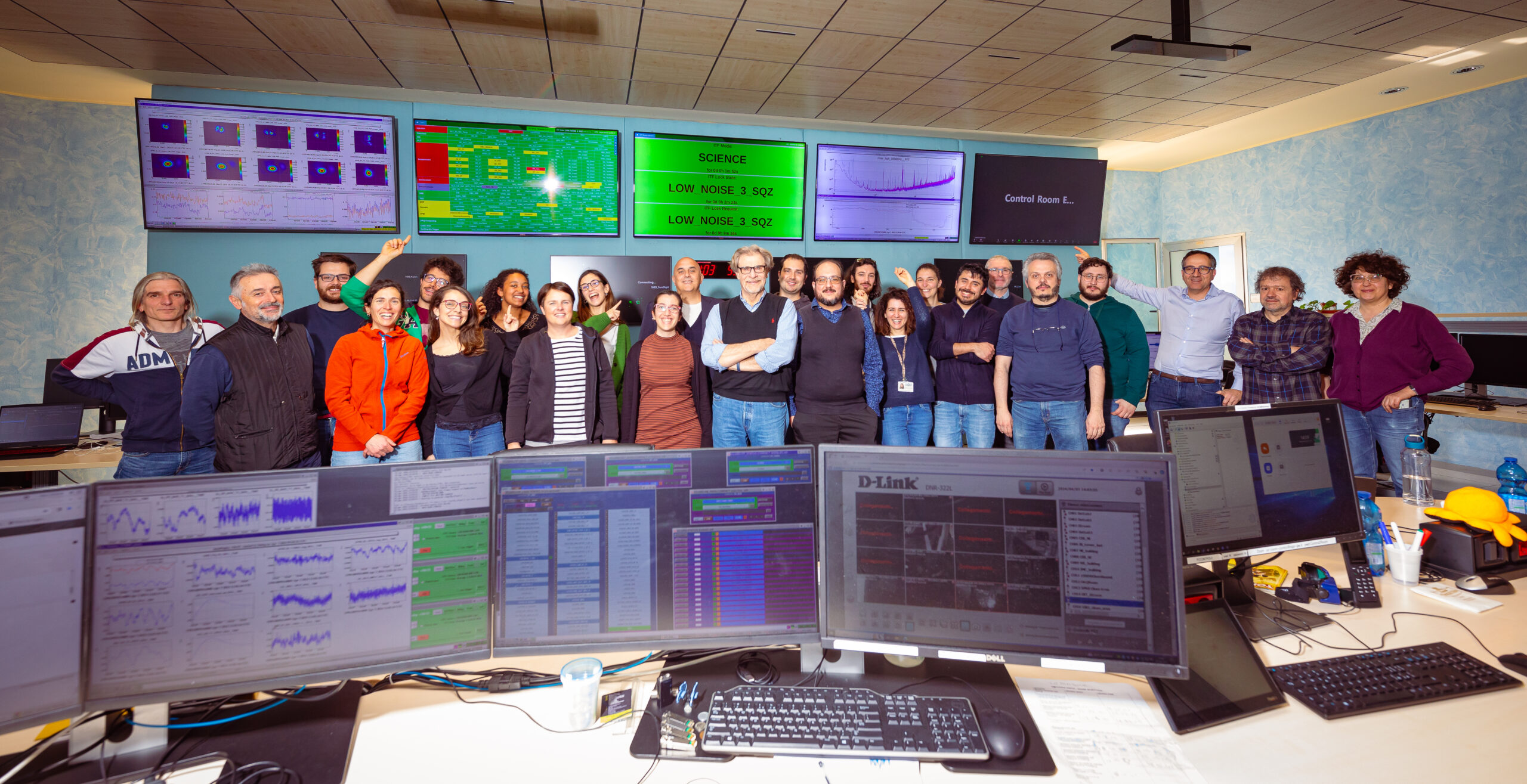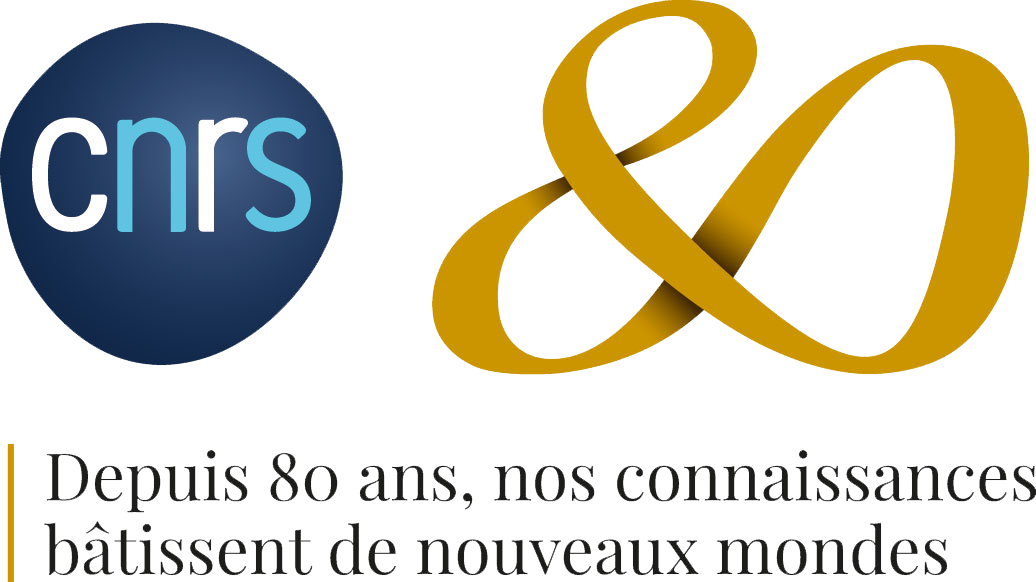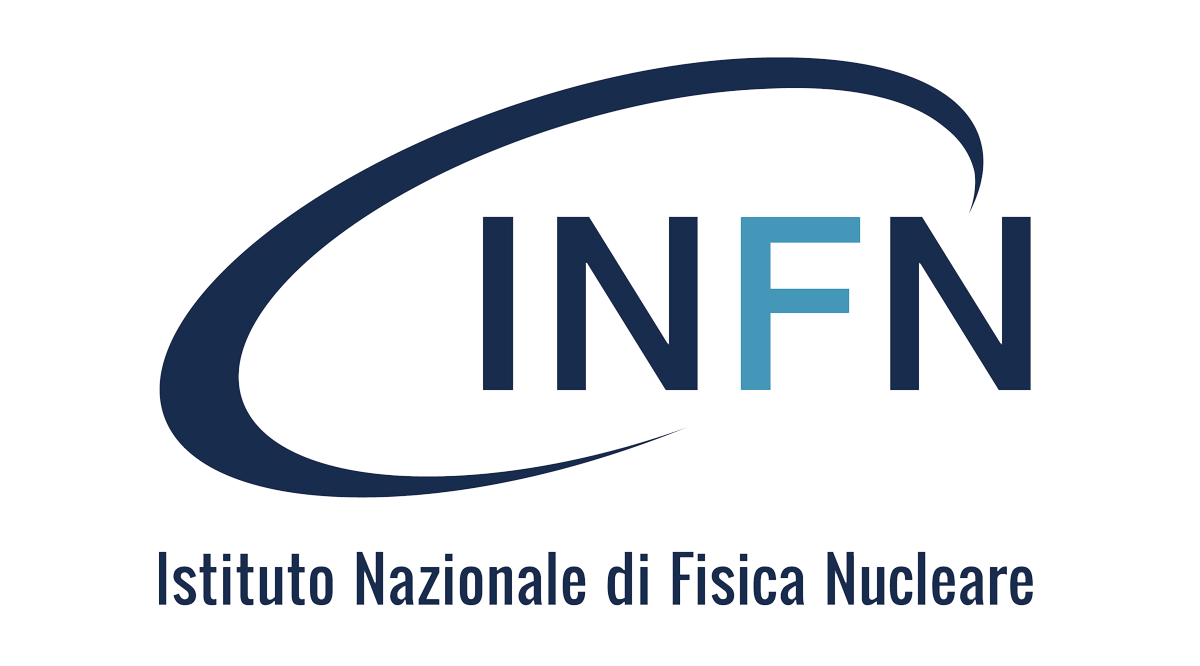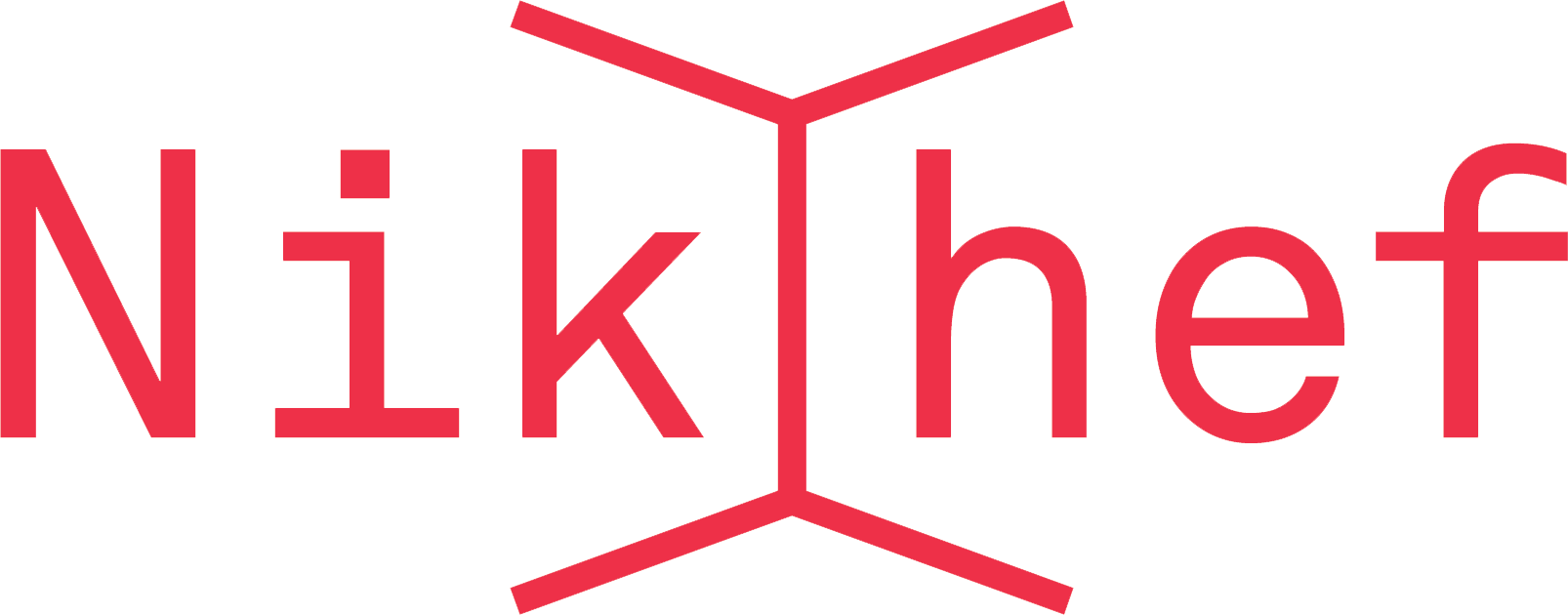Next week, the LIGO and Virgo detectors will resume their observing campaigns, which promise to collect more than 200 gravitational-wave events by the end of this current observing run (O4). Astronomers also hope that new multi-messenger events will be detected, i.e. events observed both in gravitational and electromagnetic waves, and that can be further followed up by other telescopes.
The LIGO-Virgo-KAGRA Collaboration will begin the second part of its fourth observing run (O4b) on April 10th. The European detector Virgo in Italy, near Pisa, will also join the run, observing alongside two LIGO interferometers in Hanford, Washington and Livingston, Louisiana in the US, which conducted the first part of the run (O4a) from May 2023 to January 2024. O4b is planned to run until early 2025.
“Gravitational wave astronomy has become a key method for observing our Universe. With the data of this observing run we will contribute further to significantly broadening our horizons and knowledge about the darkest and most violent parts of the Universe”, says Patrick Brady, spokesperson of the LIGO Scientific Collaboration.
“Gravitational wave observatories are cutting edge projects and, as such, they face many challenges. Today we are very pleased to be joining the new observing run. Virgo’s contribution will be crucial to improve the localization of multimessenger events, which we expect to detect in this second phase of the run”, says Virgo spokesperson and INFN researcher Gianluca Gemme.
The two LIGO detectors beganO4 on May 24, 2023, pausing on Jan. 16th, 2024, for maintenance and upgrades. Virgo decided in May 2023 to extend its commissioning activities until 2024 to mitigate the impact of several noise sources. The KAGRA detector in Japan joined O4a for one month before resuming commissioning, and the experiment is currently recovering from the damage caused by the earthquake on the Noto peninsula (magnitude 7.6, 120 km from the KAGRA site) on 1 January 2024.
Taking gravitational wave astronomy to the next level
The O4 run is scheduled to last a total of 18 months excluding commissioning breaks. In just the first seven and a half months (O4a), the two LIGO detectors identified 81 highly probable gravitational event candidates, in accordance with the expected rate of a detection of a merger every 2 or 3 days. By the end of the run in February 2025, with a similar detection rate, the total number of observed gravitational-wave signals could exceed 200.
The huge amount of O4a data is still being analyzed, and scientists of the LIGO-Virgo-KAGRA Scientific Collaboration expect that O4 will fulfill its promise to take gravitational-wave astronomy to the next level.
Some of the most significant astrophysical observations will be announced as early as in the coming months. The detectors’ increased sensitivity will further improve scientists’ ability to test Einstein’s theory of General Relativity and to infer the population of dead stars in the local Universe.
Improvements in science and technology
LIGO
The LIGO detectors paused observations at the end of O4a for scheduled maintenance. In the time since, experts at both LIGO Hanford and LIGO Livingston have been working hard to make adjustments to the detectors. One of the major efforts involved improvements to the optical systems that “squeeze” laser light, allowing the LIGO detectors to surpass the sensitivity limits imposed by quantum mechanics. Another effort involved tracking down and isolating noise sources in the numerous vacuum chambers in the experimental halls at the ends of the 4-kilometer arms. These and other refinements will ensure that the trend of improved sensitivity and observing uptime demonstrated throughout O4a, which saw binary neutron star detection ranges increase from roughly 140 Mpc to over 160 Mpc, will continue into O4b and beyond.
Virgo
“Facing challenges is an integral part of enterprises at the frontier of science and technology, such as the upgrade and commissioning of a gravitational wave detector,” said Virgo spokesperson and INFN researcher Gianluca Gemme. “The good news is that, after going through a long period of commissioning and many difficulties, we managed to improve the sensitivity of the detector up to 60 Mpc, which is equal to the highest levels reached by Virgo in the past. The work to further improve the sensitivity will continue during the run.”
At present, therefore, Virgo can detect the ‘standard’ merger of two neutron stars up to a distance of 60 Megaparsecs (Mpc), i.e. about 220 million light years from Earth (of course, more violent or more massive events, such as black hole collisions, are also detectable from much deeper parts of the Universe).
KAGRA
The KAGRA detector in Japan, which had planned to join O4b from the beginning, will join the run in the last months of 2024 after recovering from damages caused in several facilities of the experiment by the Noto Peninsula earthquake (Magnitude 7.6, 120 km from the KAGRA site) on January 1, 2024. Despite only minor damages to the tunnel, vacuum system, and cryogenic system of KAGRA, 9 of the 20 mirror suspension systems need to be repaired and this will require a delay of at least half a year compared to the previous plan.
The KAGRA group will finish this recovery work as soon as possible, restart commissioning, and then join O4b with a BNS reach of about 10 Mpc.
The science goals of this observation campaign
In the coming months the hope is, of course, to be able to detect new multimessenger events, whose electromagnetic follow-up can be observed by other telescopes on Earth or in space, as in the case of the momentous August 17, 2017 observation (GW170817) of the merger of two neutron stars.
The presence of Virgo can make a significant difference and increase the scientific performance of the network in localizing the origin of exceptional events in the sky, such as neutron star mergers, mergers of a black hole with a neutron star, or supernovae explosions, the latter having never yet been observed through gravitational waves.
In addition, compared with the last round of observations, the upgraded instruments, new and even more accurate signal models, and more advanced data analysis methods will increase the chances that evidence of gravitational signals of other types will also emerge from the analysis of data. One of these could be the so-called continuous gravitational waves, signals with an almost constant and well-defined frequency that are generated by rotating neutron stars (pulsars) with an asymmetric mass distribution – a ‘mountain’ of only millimeters height would suffice.
The new data from O4 could also help to extend our knowledge of the primordial gravitational background, caused by the random overlapping of gravitational waves produced in the earliest stages of the Universe’s birth, as well as similar backgrounds that are produced by a combination of many simultaneous inspirals, bursts, or continuous signals from throughout the Universe. The hint of such a stochastic background probably due to supermassive black hole binaries has been achieved recently, in an indirect way, by radio telescope arrays such as EPTA, InPTA, NANOGrav, PPTA and CPTA.
In fact a large number of researchers of LIGO, Virgo and KAGRA are working intensively on analyzing the observations made in O4a, as well as those planned for the coming monthsMany activities in various domains of research are shared among the three collaborations and are made possible by everyone’s contributions.
As in previous observing runs, alerts about gravitational-wave detection candidates will be distributed publicly during O4b. Information about how to receive and interpret public alerts is available at https://wiki.gw-astronomy.org/OpenLVEM.
Gravitational-wave observatories
LIGO is funded by the NSF, and operated by Caltech and MIT, which conceived and built the project. Financial support for the Advanced LIGO project was led by NSF with Germany (Max Planck Society), the U.K. (Science and Technology Facilities Council) and Australia (Australian Research Council) making significant commitments and contributions to the project. More than 1,600 scientists from around the world participate in the effort through the LIGO Scientific Collaboration, which includes the GEO Collaboration. Additional partners are listed at http://ligo.org/partners.php.
The Virgo Collaboration is currently composed of approximately 880 members from 152 institutions in 17 different (mainly European) countries. The European Gravitational Observatory (EGO) hosts the Virgo detector near Pisa in Italy, and is funded by Centre National de la Recherche Scientifique (CNRS) in France, the Istituto Nazionale di Fisica Nucleare (INFN) in Italy, and the National Institute for Subatomic Physics (Nikhef) in the Netherlands. A list of the Virgo Collaboration groups can be found at: https://www.virgo-gw.eu/about/scientific-collaboration/. More information is available on the Virgo website at https://www.virgo-gw.eu.
KAGRA is a laser interferometer with 3 km arm-length in Kamioka, Gifu, Japan. The host institute is the Institute for Cosmic Ray Research (ICRR) at the University of Tokyo, and the project is co-hosted by the National Astronomical Observatory of Japan (NAOJ) and the High Energy Accelerator Research Organization (KEK). The KAGRA collaboration is composed of over 400 members from 128 institutes in 17 countries/regions. KAGRA’s information for the general public can be found at https://gwcenter.icrr.u-tokyo.ac.jp/en/. Resources for researchers are accessible from http://gwwiki.icrr.u-tokyo.ac.jp/JGWwiki/KAGRA.
Contacts
Via E. Amaldi,5
56021 Cascina (PI) – Italy
Tel +39 050 752511
Contact us
How to reach us




